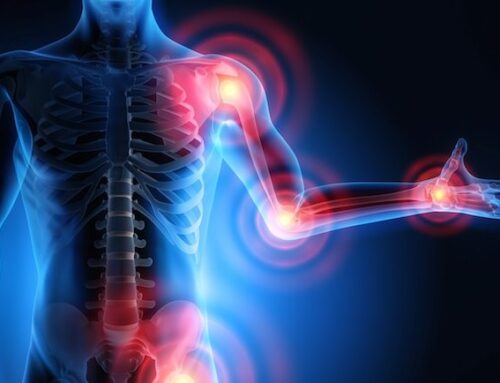The public curiosity in CBD is rising, and Google can prove it – but how does it actually work with our bodies?
Researchers from the University of California, San Diego, and Johns Hopkins University analysed the search frequency of non-intoxicating CBD. The 2019 study showed search rates grew to 126% from 2016 to 2017, 160% the next year, and 118% the year after that.
The millions of monthly searches shouldn’t be a surprise. All but 17 states have now legalised marijuana in some form, with Illinois being the most recent entry into the club. Industry experts project that states like New Jersey and New York will follow suit in due time.
All this interest merits understanding the mechanisms behind the compound and its effects.
What is CBD?
CBD is the abbreviation for ‘cannabidiol’ and is found in cannabis plants. There are 113 currently known cannabinoids, each playing a role in the endocannabinoid system. Tetrahydrocannabinol (THC) and cannabinol (CBN) are two other well-known types.
It is a non-psychoactive compound, which means that people do not feel ‘high’ after using it. Proponents revere the compound for its wide range of medical benefits, including the treatment of Dravet syndrome and Lennox-Gastaut syndrome. While the Food and Drug Administration (FDA) does not regulate the purity or safety of the substance, CBD is considered safe.
The most efficient way to acquire CBD is through carbon dioxide extraction. The expensive method uses carbon dioxide to separate the oil from the plant matter. The combination of a highly pressurised environment and low temperatures maximises the amount of CBD that is extracted during the process.




